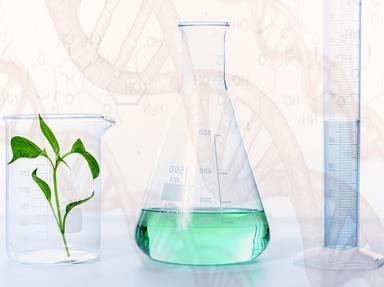Quiz Answer Key and Fun Facts
1. What is an empirical formula?
2. To convert moles into grams, you use the equation: moles equals concentration times volume.
3. During mass spectrometry, all of the following happen, but which order do they occur in?
4. Ernest Rutherford discovered all of the following: electrons, neutrons, protons and the nucleus itself.
5. Atoms always have exactly the same number of electrons as they do protons in their nucleus.
6. How many electrons can the f-subshell of an electron shell hold, when filled to its maximum?
7. Who came up with the following? An atom in its ground state (lowest energy arangement) adopts a configuration with the greatest number of matching spins.
8. What is the bond angle usually associated with a molecule of a trigonal planar shape?
9. The following is the definition of what? The ability of an atom to attract the bonding electrons.
10. Why is magnesium hydroxide used for indigestion remedies and toothpaste?
Source: Author
Yismin
This quiz was reviewed by FunTrivia editor
crisw before going online.
Any errors found in FunTrivia content are routinely corrected through our feedback system.

